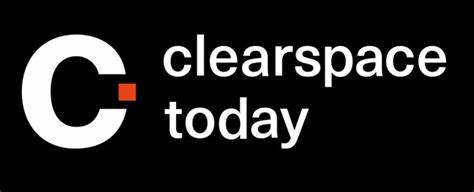I have posted several times about the problems of increasing space debris in Earth orbit. There are multiple private space companies currently working on a variety of systems to clear space debris from Earth orbit.
ClearSpace is a Switzerland-based space company. It has cleared the first program review by the European Space Agency (ESA) according to a press release. The company wants to clear space debris that continues to orbit the planet.
There has been a sharp increase in space launches over the past few years. This is mainly due to launches by private space companies. As more countries and companies work to increase their presence in space, there is a serious threat from debris left behind by earlier missions. Last year, it was reported that on multiple occasions that the International Space Station (ISS) had to perform maneuvers to avoid space junk. In May of 2001, a Canadian robot arm attached to the ISS was actually hit by a piece of orbital debris. Fortunately, the function of the arm was not impaired.
Ever since the ESA commissioned ClearSpace’s first mission, ClearSpace-1 in 2019, the company has been on a mission to clear space junk from orbit. The ClearSpace-1 mission consists of a giant four-armed robotic spacecraft that can grab space debris. Once the debris has been captured, the spacecraft can redirected the debris to descend out of orbit so that it burned up in the atmosphere.
The initial plan was to launch ClearSpace-1 in 2025. However, the tentative year of launch has been moved to 2026, following the recent ESA review. The mission’s primary target debris will be the still orbiting upper stage of the Vega Secondary Payload Adapter (VESPA) which was launched byan ESA rocket in 2013.
Beyond the VESPA capture and deorbiting, ClearSpace is also looking to develop technology to be able to autonomously deal with space debris. According to its website, future ClearSpace missions will be able to determine whether a particular piece of space junk needs to be deorbited or refueled to extend its orbital life.
ClearSpace currently has a team of ninety people who are working to solve the problem and carry out a proof-of-concept testing in October of 2022. Following the recent approval of the ESA, the ClearSpace team will now work to finalize ClearSpace-1’s design, secure equipment, and build the full scale mission to be launched in 2026.
As stated on ClearSpace’s website, there are currently more than five thousand nonfunctional objects in space. This is far more that the thirty-four hundred satellites that are now active and in their proper orbits. With the increasing popularity of services such as satellite-based internet increasing, the orbiting debris in space is only expected to increase.
The ClearSpace-1 mission is estimated to cost one hundred and thirty two million dollars. It is likely to be one of the many missions that the ESA undertakes as part of its zero-debris policy. Earlier this month, the ESA tested a braking sail that can deorbit satellites once their mission is completed.
